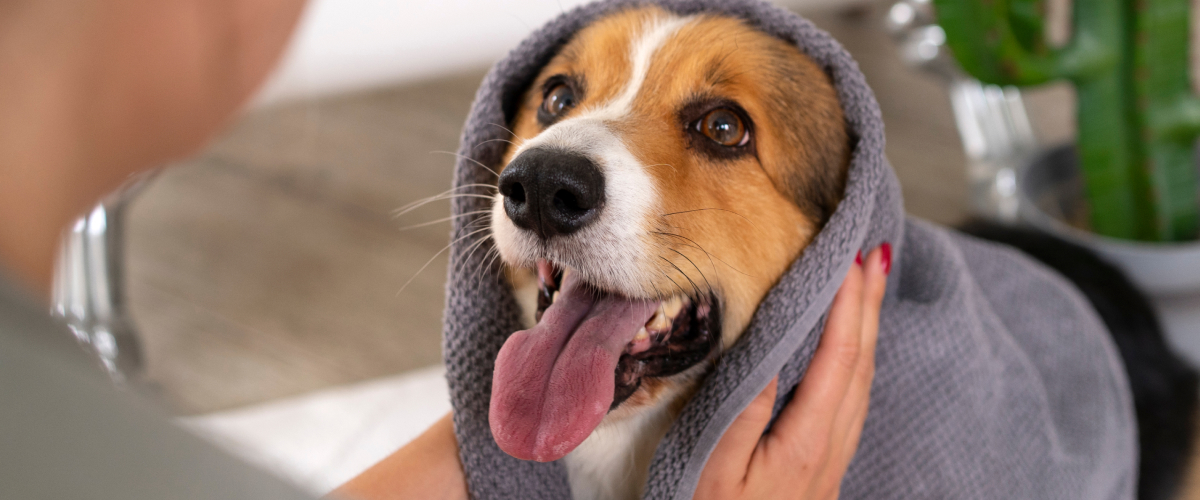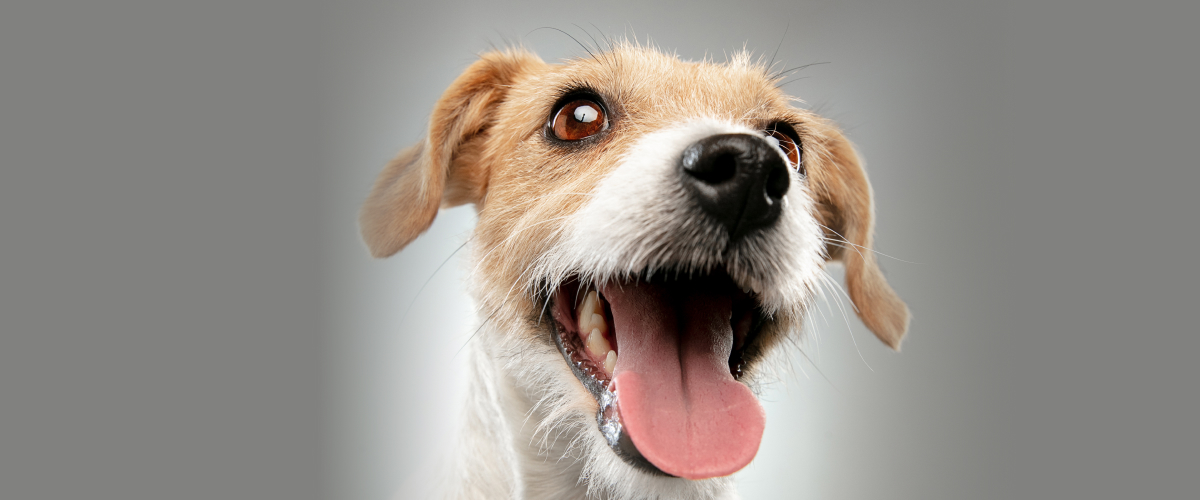Pets, much like humans, can experience pain due to various factors such as injury, illness, or age-related conditions. Recognizing and managing pain in pets is essential for their overall well-being and quality of life. However, pets often hide their pain, making it challenging for owners to detect when something is wrong. Understanding the signs of pain and knowing how to address it can significantly improve a pet’s comfort and health.
Recognizing pain in pets can be difficult because they may not always show obvious signs. Pet owners need to be observant of any subtle changes in their pet’s behavior or physical condition. Common signs of pain in pets include limping or lameness, which could indicate pain in the joints, muscles, or bones. Changes in appetite, such as a sudden loss of interest in food, may signal dental pain or discomfort from internal issues. Vocalization, including whining, whimpering, growling, or yelping, can be a clear indication that a pet is in pain.
Behavioral changes are another important indicator. Pets in pain may become more irritable, withdrawn, or less active, showing reluctance to engage in activities they usually enjoy. Excessive licking or chewing at a particular area can also signal pain or discomfort, often due to injury, arthritis, or skin conditions. Changes in posture, such as hunching over or tensing up, can be a sign that a pet is trying to avoid exacerbating their pain. Additionally, restlessness or difficulty sleeping, as well as unusual panting or rapid breathing, especially when not associated with exercise or heat, can indicate that a pet is suffering from pain.
There are many potential causes of pain in pets, ranging from injuries to chronic conditions. Injuries from accidents, falls, or bites can cause acute pain that requires immediate attention. Arthritis is a common cause of chronic pain in older pets due to inflammation in the joints. Dental problems, such as gingivitis, tooth abscesses, or broken teeth, can lead to significant discomfort. Infections, including ear infections, urinary tract infections, or skin infections, can also be very painful for pets. Post-surgical pain, cancer, and internal issues like pancreatitis, kidney stones, or gastrointestinal problems are other common sources of pain in pets.
Managing pain in pets requires a comprehensive approach that often includes veterinary care. If you suspect your pet is in pain, it is crucial to consult a veterinarian who can diagnose the cause and provide appropriate treatment. Pain medications, such as non-steroidal anti-inflammatory drugs (NSAIDs), opioids, or other pain management medications specifically formulated for pets, may be prescribed. For pets with chronic pain, physical therapy, including massage, hydrotherapy, or laser therapy, can help alleviate discomfort and improve mobility.
Alternative therapies, such as acupuncture, chiropractic care, or supplements like glucosamine and chondroitin, can also be beneficial for managing pain, particularly in pets with arthritis. Weight management is another critical factor, as maintaining a healthy weight is crucial for pets with joint pain, helping to reduce the strain on their bodies. Providing a comfortable living environment with a soft, supportive bed and making adjustments, such as adding ramps or steps, can help pets with mobility issues.
It is important to monitor and adjust pain management strategies regularly. Pain management often requires ongoing adjustments, and regular veterinary check-ups are necessary to monitor the effectiveness of the treatment and make changes as needed.
Addressing pain in pets is vital for maintaining their quality of life. Unmanaged pain can lead to a decline in a pet’s overall health, affecting their mood, mobility, and well-being. Chronic pain, if left untreated, can also result in secondary issues, such as muscle atrophy or behavioral problems. By being vigilant and proactive in recognizing the signs of pain, pet owners can ensure their pets live comfortable, happy lives.
Understanding and addressing pain in pets is a fundamental aspect of responsible pet ownership. By working closely with a veterinarian and being attentive to your pet’s needs, you can help manage their pain effectively and improve their quality of life.










